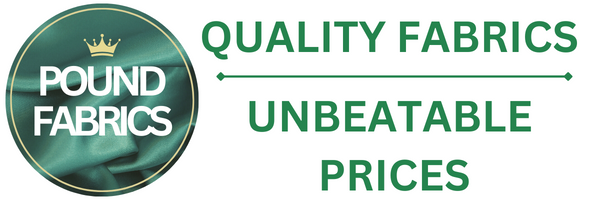Most of us are used to hand sewing buttons. It’s a skill that many of us are taught from a young age, as we add button eyes to rag dolls and sock puppets. But when it comes to creating buttonholes that allow us to put buttons to a more practical use, many of us are left clueless. In fact, sewing buttonholes is a technique that most beginners try their hardest to avoid. The problem with this? Well, there are a profound number of garments that require buttonholes and chances are that as your skills begin to expand, you’re going to have to face them at some point or another. Shirts and blouses need buttons down the front as well as on the cuffs. Then there are alternative pieces of clothing, such as button-up dresses, button fly jeans, blazers, suit jackets, and coats. If you’re interested in straying outside of clothing, many items of homeware also require buttons, such as duvets, pillowcases, and cushion covers. So, if you’re interested in learning how to create buttonholes of your own, read on as we take you through the process step-by-step.
What You Will Need:
- A sewing machine
- A buttonhole sewing machine foot
-
Self-erasing fabric marker
- The buttons you intend to use
- Thread
- Small scissors
- A seam ripper
Before You Start:
Always test out creating buttonholes on a piece of scrap fabric before attempting them on your main project. It’s likely that buttonholes will be a final touch to the item you’re making, so mistakes could prove costly and time-consuming. Practicing first will allow you to safely get to grips with your technique.
The Technique:
- Start by marking where your buttonholes are going to be on your garment. A self-erasing fabric marker is perfect for this, as it is precise but can be wiped away if you make a mistake. It also won’t permanently mark the fabric once your work is complete. It’s best to mark all buttonholes at the start rather than marking one and making it before marking the next. This will allow you to check that everything lines up well. If you’re unsure how large your buttonholes need to be, take one of your buttons and place it in your chosen spot. The buttonhole should be around the same length as the button so that it can be pushed through and sit snugly
- Most machines come with a buttonhole foot included. Place one of your buttons in the gap of the buttonhole foot and slide the foot closed on it so that the foot is adjusted to the right length. Remove the button but the leave the foot as it is. Attach the buttonhole foot to your sewing machine. Position your fabric underneath it so that you can see your markings in the window. Make sure that the top end of the buttonhole marking is underneath the needle and lace your thread towards the back. Hand crank your machine so that the needle pierces the fabric.
- Most machines have a buttonhole setting. Choose buttonhole stitch one and set your stitch length to 0.5mm. Start sewing. Slow down as you approach the end of the buttonhole marking. As you reach the end, stop and select buttonhole stitch two. Sew about six stitches and stop again. Select buttonhole stitch three and sew until you reach the top of the buttonhole. Stop and select buttonhole stitch four. Sew around six stitches once more.
- Lift the foot and remove your fabric. Leave long tails on the thread before cutting. Tie these ends, then snip them as close to the fabric as possible with small scissors.
- Now, you will have what looks like a buttonhole, but there will be no gap or slit for the button to pass through. Creating this is simple. Simply take your seam ripper, push it through the bottom end of the buttonhole and rip the fabric up to the top of the buttonhole. Go slow to avoid ripping too far.
While your first buttonhole may take a little while, a few tries will see you creating them as quickly as you’d carry out any other basic stitch! Let us know how you get on with your buttonholes. Do you have any techniques to make the process simpler? Tell us below!
To see our full range of fabrics, click here.
















Leave a comment (all fields required)